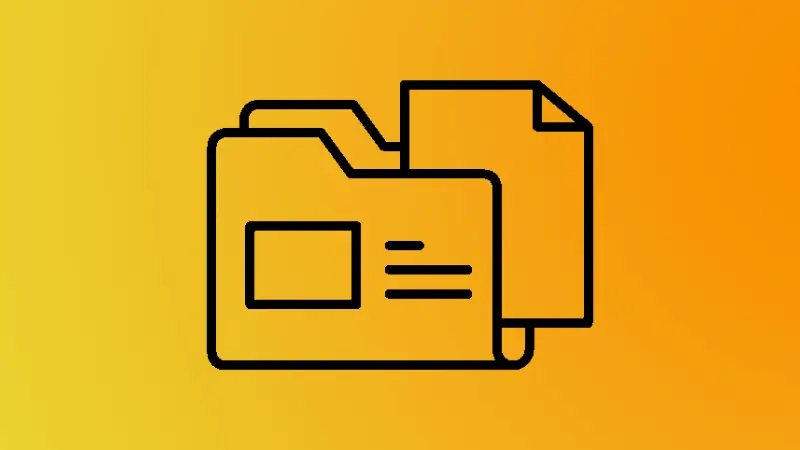
tar.gz compressionĬheck and verify if the files are extracted from or not. Xz: this switch will be used to uncompress file from. tar.gz conmpression, then you need to use tar xzvf command. tar cvjf 2 test.txt hello.txtĬompressing '2' with '/usr/bin/bzip2'.Ĭj: this switch will be used to compress in tar.bz2 formatĬheck and verify if the file is indeed compressed with. tar.bz2 compression, you need to use tar cvjf command. To bzip the file along with tar compression tar.gz format.Ĭheck and verify if the file is indeed compressed with.

tar cvzf test.txt hello.txtĬompressing '' with '/usr/bin/gzip'.Ĭz: this switch will be used to compress in. tar.gz format, you need to use tar cvzf command.
#Untar tar xz zip
To zip the file along with tar compression If you want to extract only a single file from files.tar compression, then you need to use below command:- tar xvf files.tar "test.txt"Ĭheck and verify if it has only extracted test.txt file from files.tar or not. R: this switch will be used to add an extra file in tar fileĬheck and verify if hello.txt file is added to files.tar or not tar tvf files.tar If you want to add another file in already existing tar compression, you can use tar rvf command. To add an extra file in already existing tar file X: this switch will be used to uncompress the tar fileĬheck and verify if it has extracted all the files in current folder or not ls -lrt If you need to uncompress the files from tar file, then you need to use tar xvf command. t: this switch will be used to show the contents of the tar file 3. If you want to check the contents of tar file, you need to use tar -tvf command. rw-r-r- 1 root root 0 Dec 23 08:15 hello.txt rw-r-r- 1 root root 0 Dec 23 08:15 test.txt c: this switch will be used to compress the files in tar formatĬheck and verify if the files.tar is created or not. tar format, you need to use below command:- tar -cvf files.tar test.txt hello.txt

#Untar tar xz how to
Now let's move ahead and understand how to use tar command in Solaris 11.Īlso Read: How to Install and Use netstat in Linux 1. How to Use Tar command in Solaris 11īefore explaining about how to use tar command in Solaris, it is important to make sure that you have a running Solaris 11 System along with tar command installed. tar.bz2 compression.Īs we go through our article of how to use tar command in Solaris, you will understand the different ways through which files can be compressed and uncompressed. But if you want to reduce or compress the size of the files, then you need to use.
#Untar tar xz archive
tar file then it will be just an archive of the files which is collected and grouped together in a single. Tar is a widely used tool for archiving and compressing the files in Unix environment. To untar tar.gz file, enter the following: tar xvzf this tutorial I will explain about how to use tar command in Solaris 11. Most Linux distributions come with the tar command pre-installed by default. By convention, the name of a tar archive compressed with gzip becomes. The most often used algorithm for compressing tar files is Gzip. Tar collected all the files into one package, but the files can be compressed with separate utilities.

zip archive, but a tar archive is not compressed. To untar tar.gz files means to extract the contents of the tar file (also known as a tarball). The tar program takes one or more files and “wraps” them into a self-contained file. The name “Tar” stands for “Tape Archiver” because it was used to place data on storage tapes when tar was invented. Therefore, knowing how to open or untar tar.gz files is very useful. Many of the downloadable Linux/Unix files found on the internet are compressed using a tar.gz format. This article will learn how to extract/untar tar.gz files in Linux systems through the command line using the tar command.


 0 kommentar(er)
0 kommentar(er)
